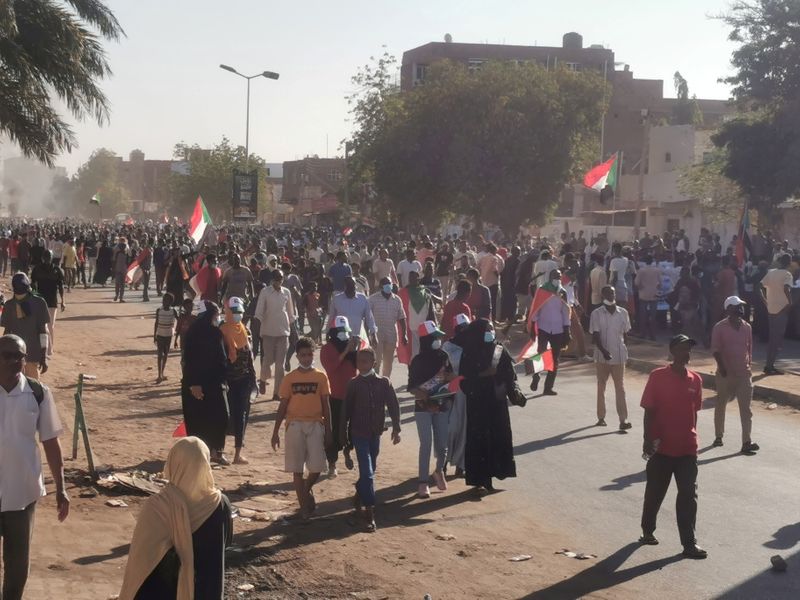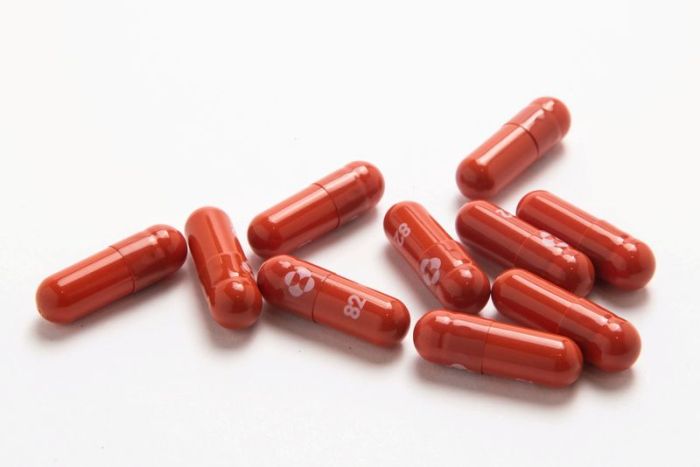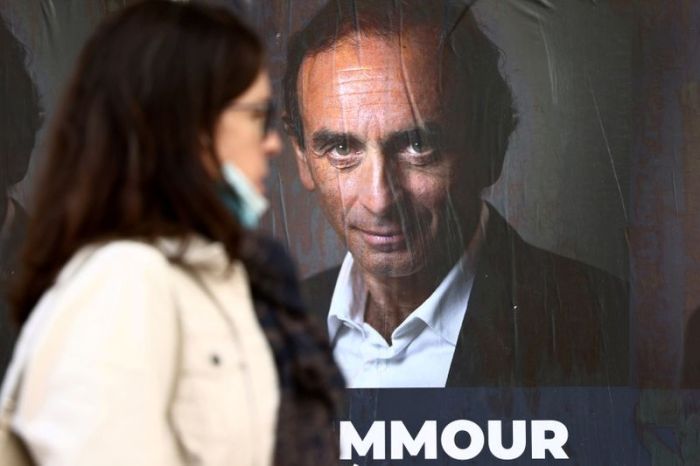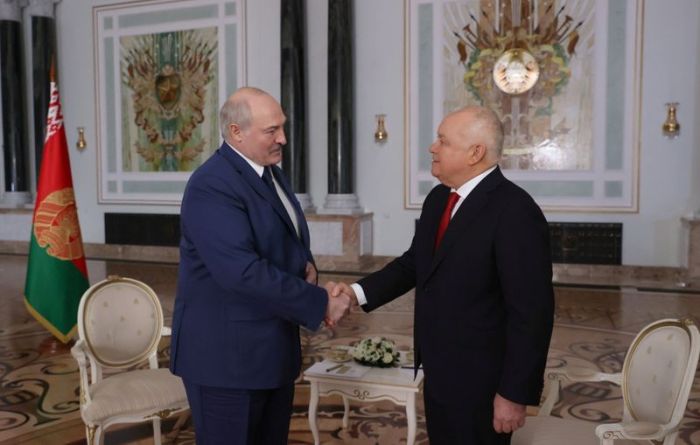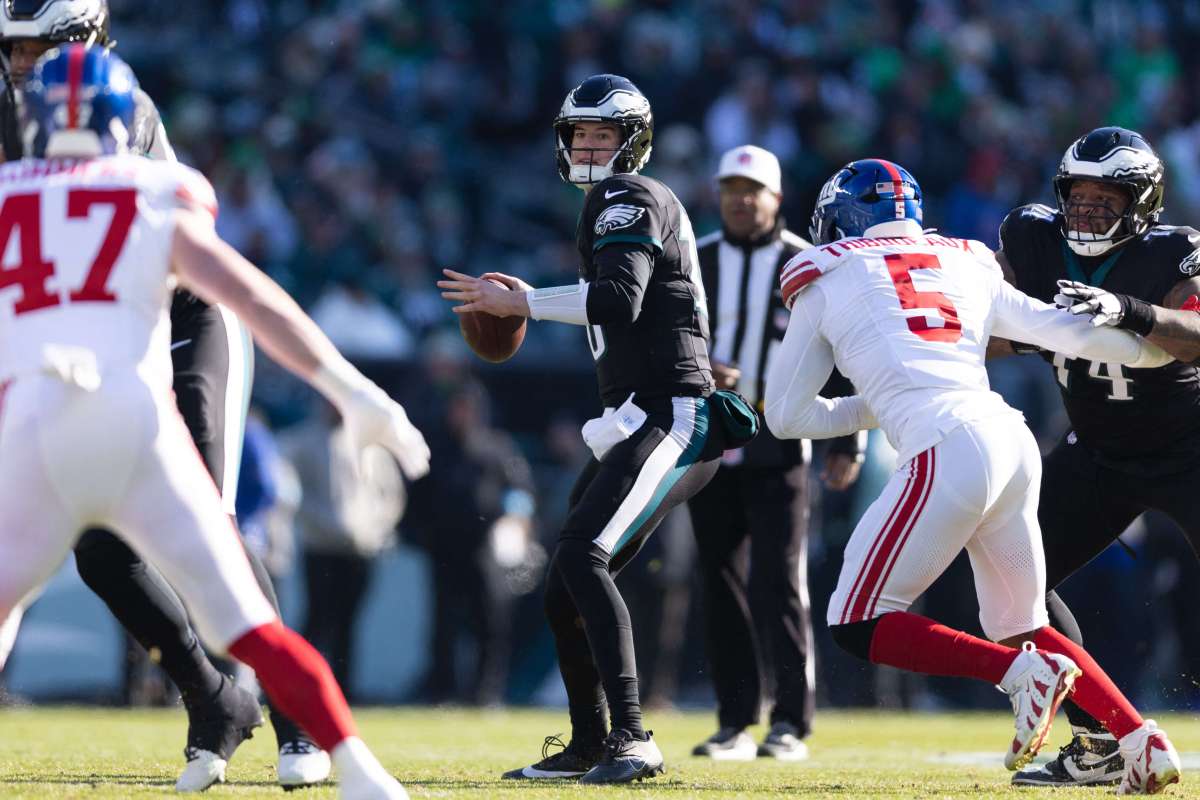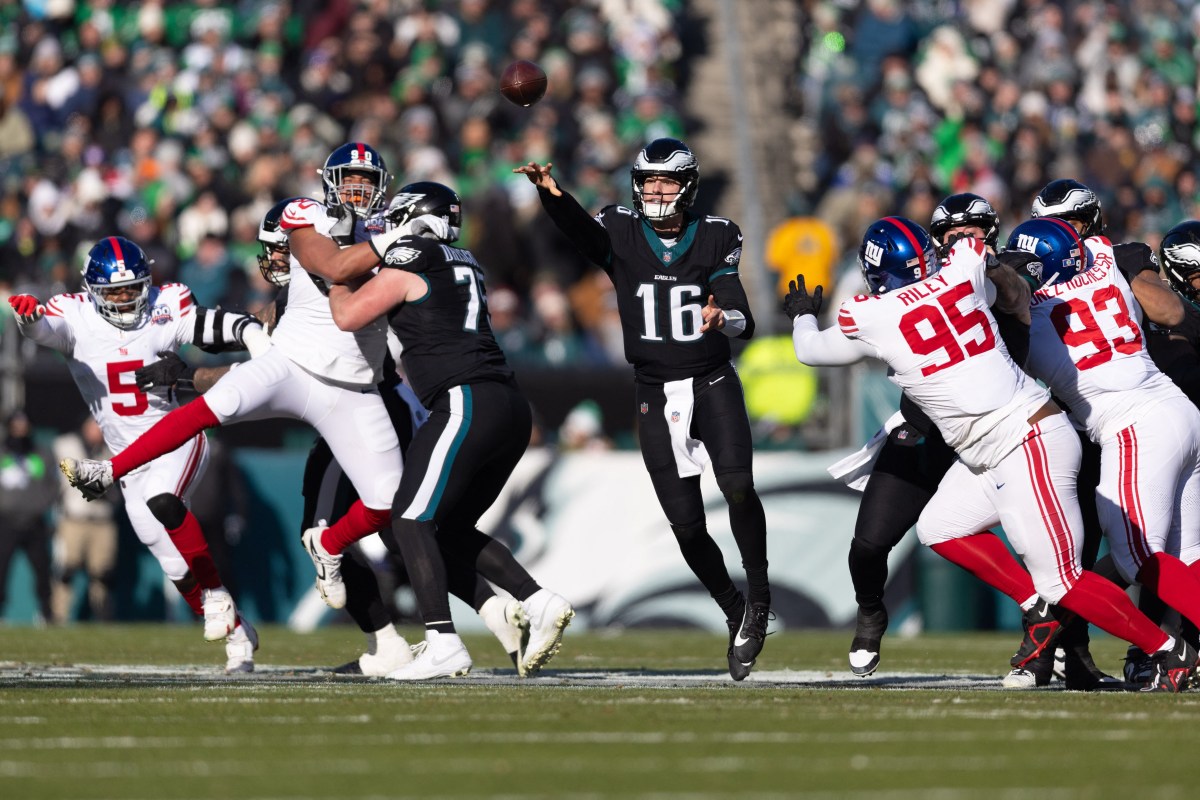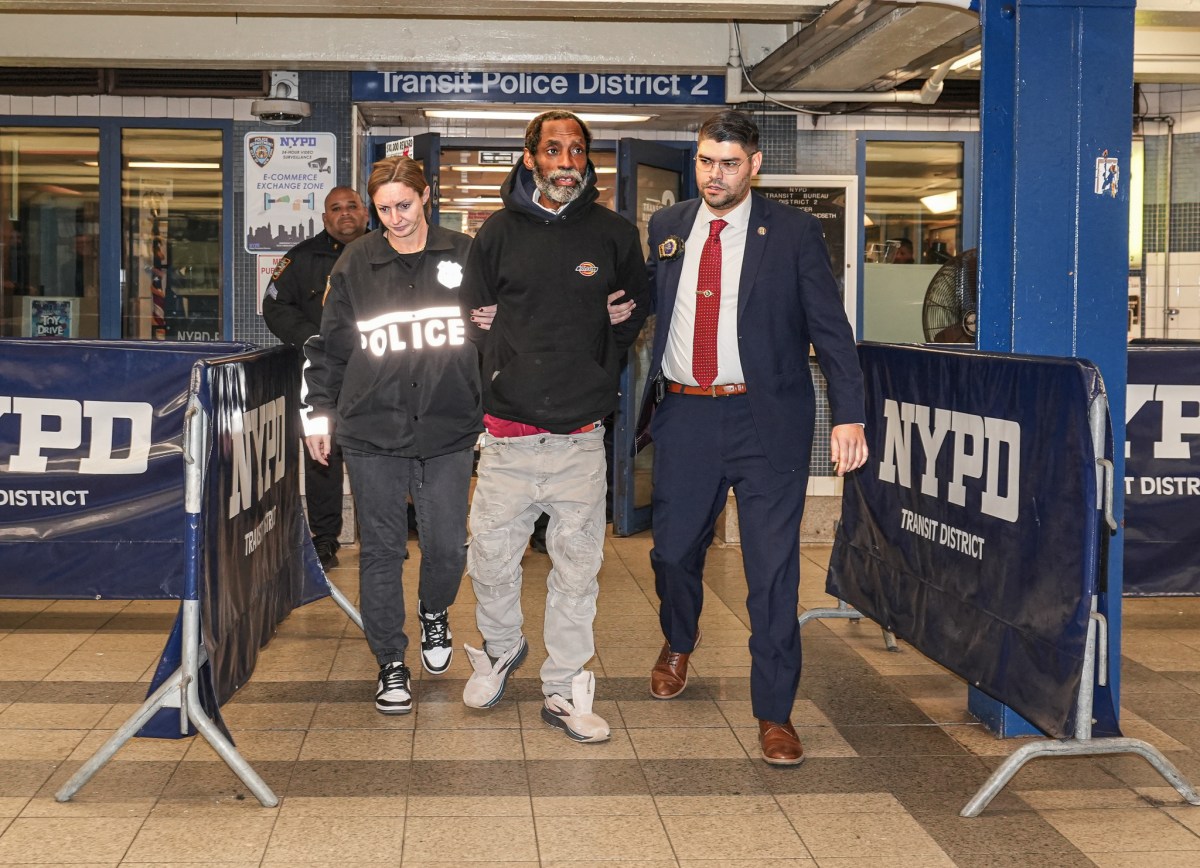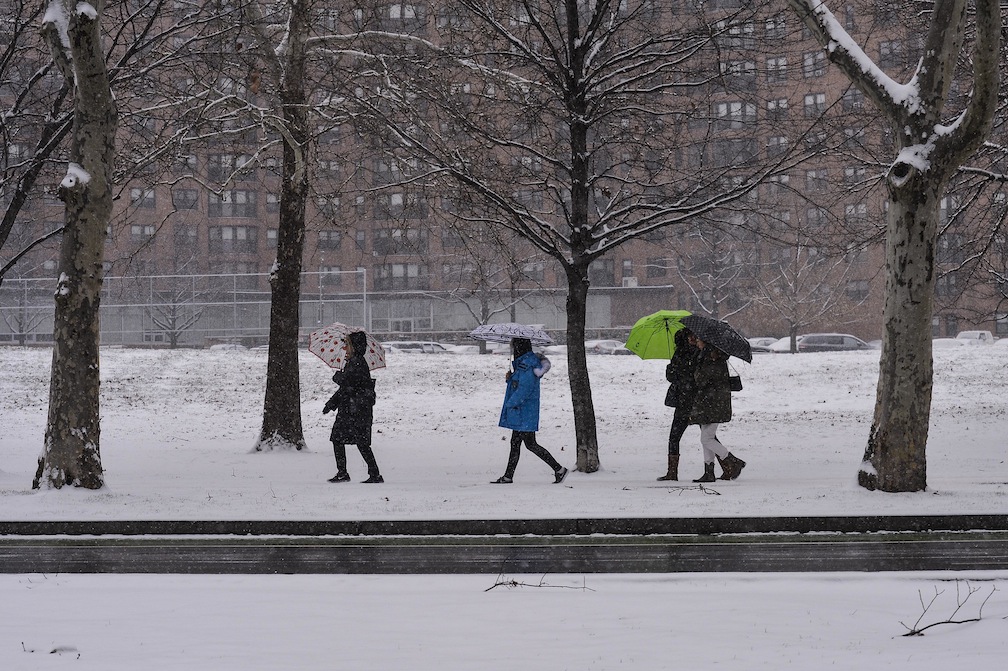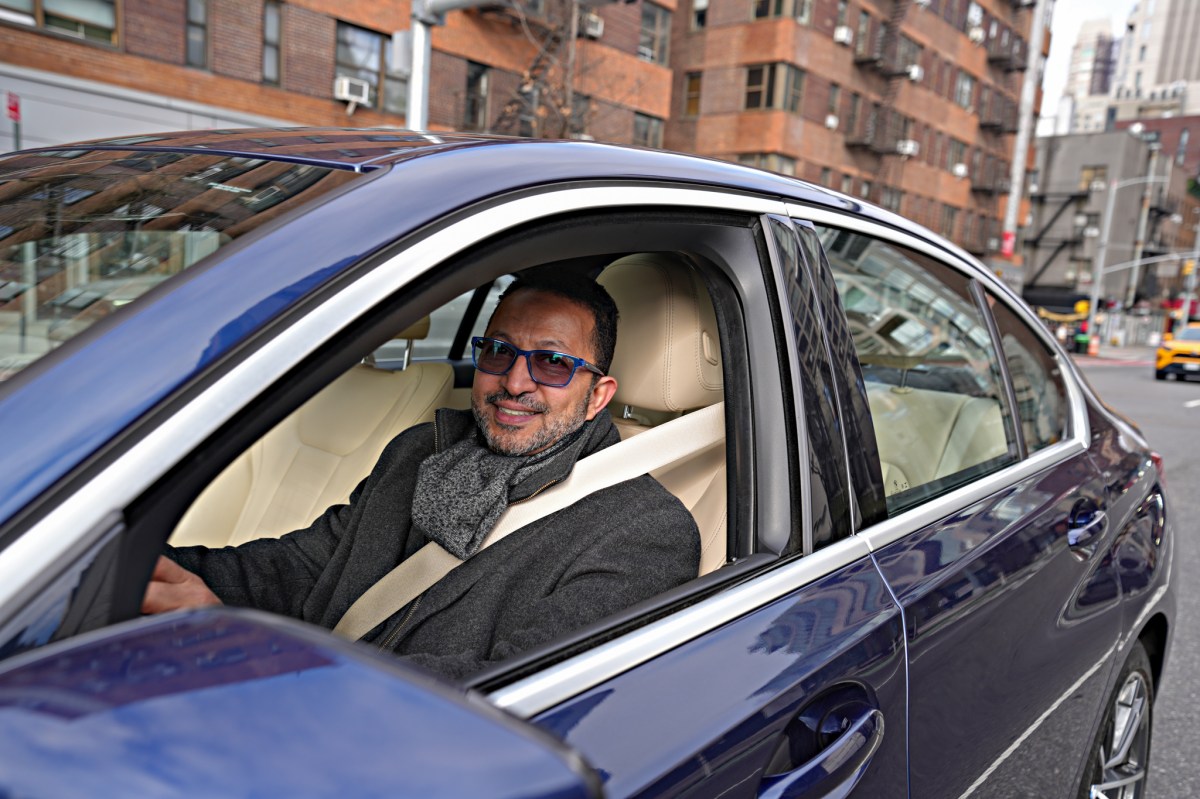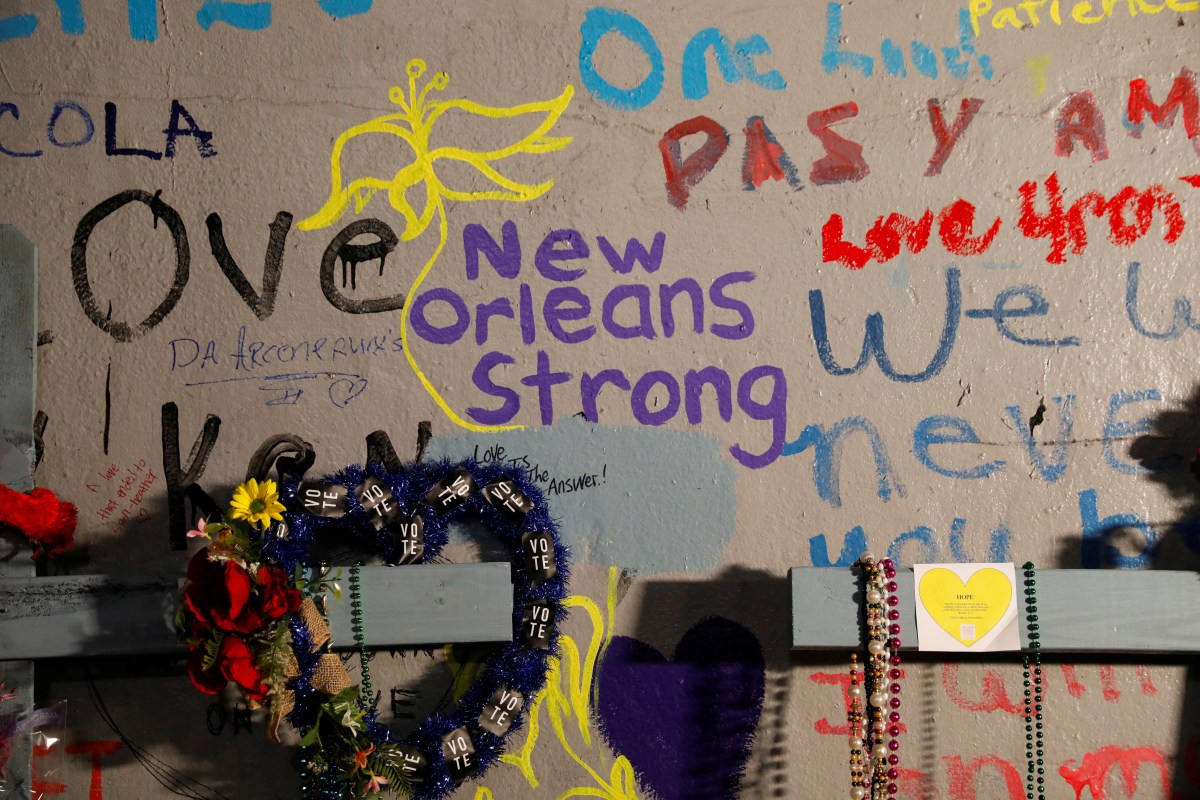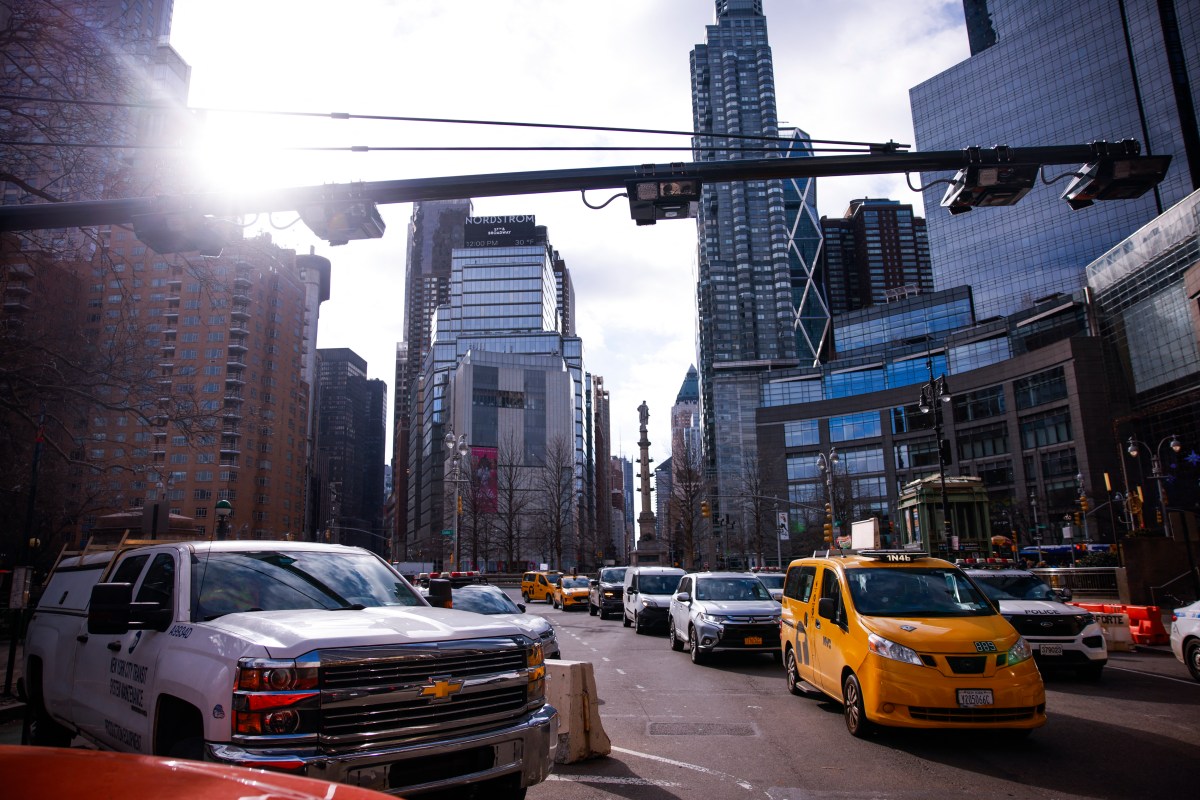KHARTOUM (Reuters) -Sudanese security forces fired tear gas as tens of thousands of protesters gathered in central Khartoum on Tuesday to oppose military rule following a coup in October.
Neighbourhood resistance committees called the protests, demanding full civilian authority, casting aside an agreement last week that reinstated civilian Prime Minister Abdalla Hamdok and brought the release of most top politicians detained since the coup.
The Oct. 25 takeover ended a military partnership with civilian political groups since the toppling of Omar al-Bashir in 2019 and drew condemnation from Western powers, which have suspended aid.
While bridges between the capital’s sister cities were left open at the start of the protests, heavily armed police forces took to central Khartoum, where protesters planned to march on the presidential palace.
Police fired tear gas and stun grenades as protesters gathered about a kilometre (0.6 mile) from the palace, blocking a main road and chanting “Soldiers belong in the barracks”.
Forces chased protesters in and out of side streets, where the protesters began barricading and gathering in smaller groups. In a statement, the Sudanese Professionals Association said protesters were being arrested.
The Central Committee of Sudanese Doctors said one injured protester was arrested while receiving treatment inside a nearby hospital, and that others had been injured after handling stun grenades. The committee said police used tear gas at other hospitals.
State television reported late on Tuesday that the police force said there were some cases of suffocation from tear gas and injuries due to crowding.
They added that some protesters tried to cross security barriers, and that 44 people were arrested including 18 minors who were returned to their families.
Other protests took place in cities including Port Sudan, Kassala, Nyala and Atbara.
The committees and political parties have rejected the deal signed by Hamdok, who said it would bring the release of dozens of detainees, end a crackdown on protesters that has seen 43 people die, and preserve billions in foreign aid.
The protester-aligned doctors committee said on Tuesday that a protester had died as a result of being beaten on the head during the last march on Nov. 25.
DETAINEES
Referring to top military generals, the Khartoum committees said on Monday they “do not differentiate between Hamdok or Burhan or Hemedti and the rest of the generals, they are all participants in the coup and belong in the gallows.”
Some of the freed politicians were seen at the protests.
Wagdi Salih, popular leader of a controversial anti-corruption taskforce, was released late on Monday night, according to his Twitter account and sources close to him.
Former industry minister Ibrahim al-Sheikh was also released on Tuesday along with two taskforce members, his family told Reuters.
However, Salih, al-Sheikh and fellow politician Ismail al-Tag, face charges of inciting the armed forces, lawyer Moiz Hadra said.
“There are still detainees in Soba prison in Khartoum, men, women and children who were arrested during the protests under the state of emergency and we demand their release along with others across Sudan’s states,” he added.
Military ruler Abdel Fattah al-Burhan has said the takeover was needed to set Sudan’s transition back on track and that peaceful rallies are allowed. Deaths during protests are being investigated, he has said, blaming police and armed political factions.
(Reporting by Khalid Abdelaziz, additional reporting by Lilian Wagdy and Omar Fahmy, writing by Nafisa Eltahir; Editing by Catherine Evans, Barbara Lewis and Grant McCool)

